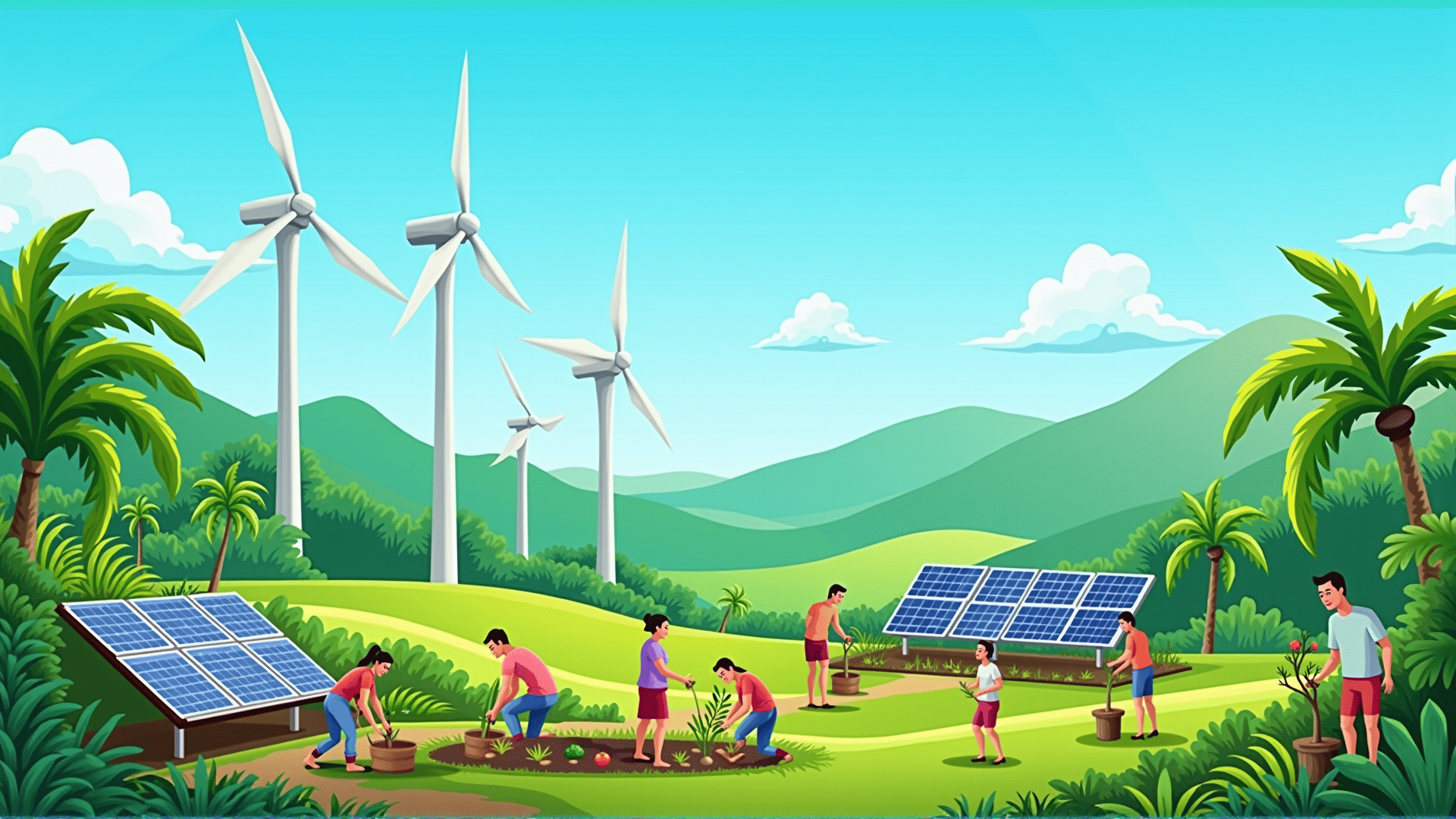In recent years, the focus on projects that promote sustainable growth and environmental conservation has garnered significant attention across various sectors. The primary aim of these initiatives is to ensure that development meets the needs of the present without compromising the ability of future generations to meet their own needs. By integrating sustainable practices, communities can thrive while preserving the natural environment.
One of the key components of sustainable development projects is renewable energy. By harnessing natural resources such as solar, wind, and hydro power, communities can reduce their reliance on fossil fuels. This not only minimizes environmental impact but also supports a cleaner and healthier living space. Many regions around the world are beginning to adopt and integrate solar panels and wind turbines, setting a positive example for others to follow.
In addition to renewable energy, sustainable agriculture plays a pivotal role. By adopting practices such as crop rotation, organic farming, and permaculture, farmers can increase productivity while reducing harmful impacts on the soil and surrounding ecosystems. These practices ensure that agriculture can continue to provide for populations without depleting resources.
The management and conservation of water resources is another crucial aspect. Projects aimed at preserving clean and accessible water involve strategies such as rainwater harvesting, wastewater treatment, and the protection of natural water bodies. These efforts help to maintain the balance of the local ecosystem and ensure long-term access to clean water for all.
Waste management is an equally important area within sustainable development. By promoting recycling, composting, and responsible disposal, communities can drastically reduce the amount of waste that ends up in landfills. This not only prevents pollution but also encourages a circular approach where materials are reused and repurposed.
Urban planning is adapting to these principles as well, with sustainable cities at the forefront of development. Cities that prioritize green spaces, efficient public transport, and energy-efficient buildings make significant strides in reducing their carbon footprint. These urban innovations also contribute to a higher quality of life for residents, with cleaner air and greater access to nature.
Finally, education and awareness are vital to the success of any sustainable development project. By informing residents about the benefits of sustainable practices and encouraging their participation, communities can foster a culture of conservation and respect for the environment.
In conclusion, the implementation of projects focused on sustainable growth is essential for ensuring a balanced and healthy coexistence with our environment. Through renewable energy, sustainable agriculture, water management, waste reduction, and forward-thinking urban planning, communities can pave the way for a more sustainable future. Continued education and awareness will play a significant role in maintaining these efforts and securing the well-being of future generations.
